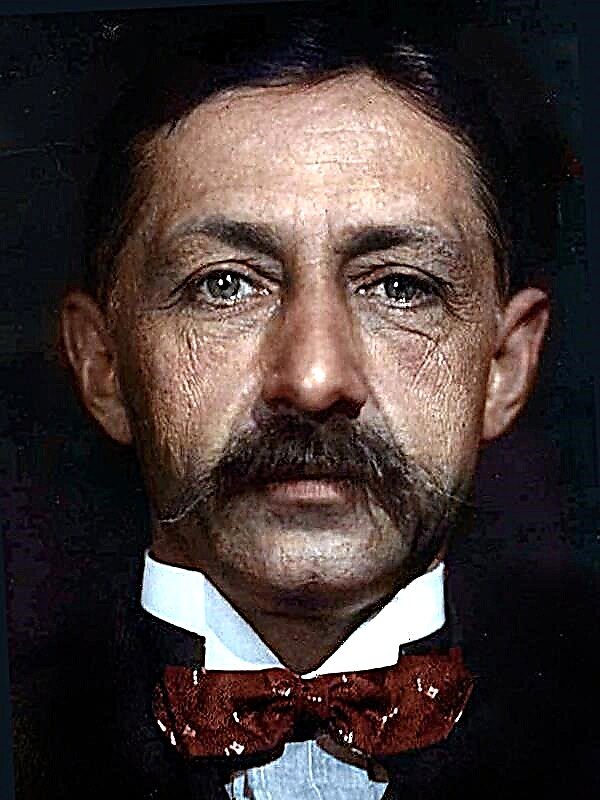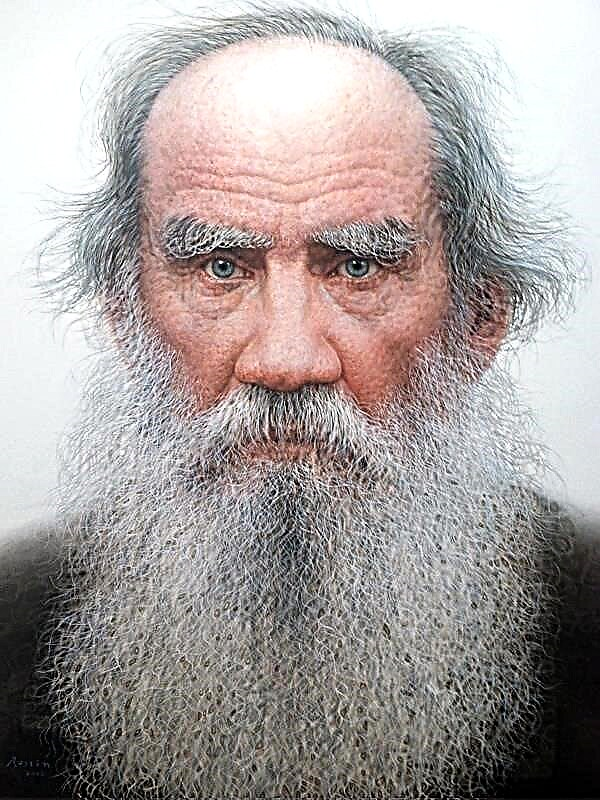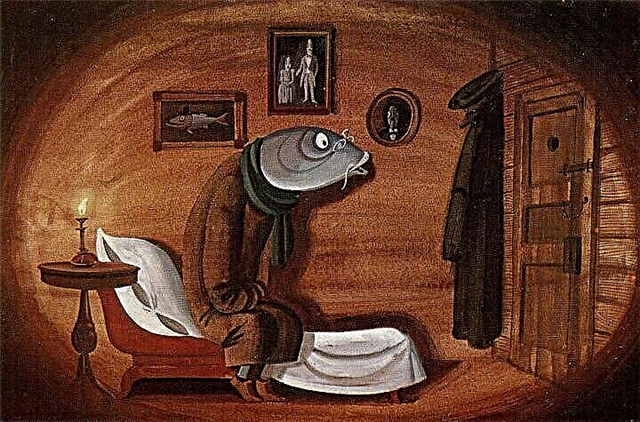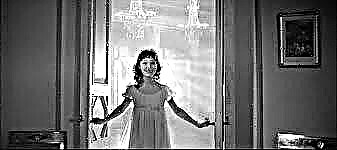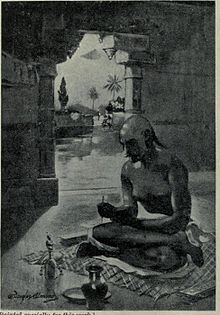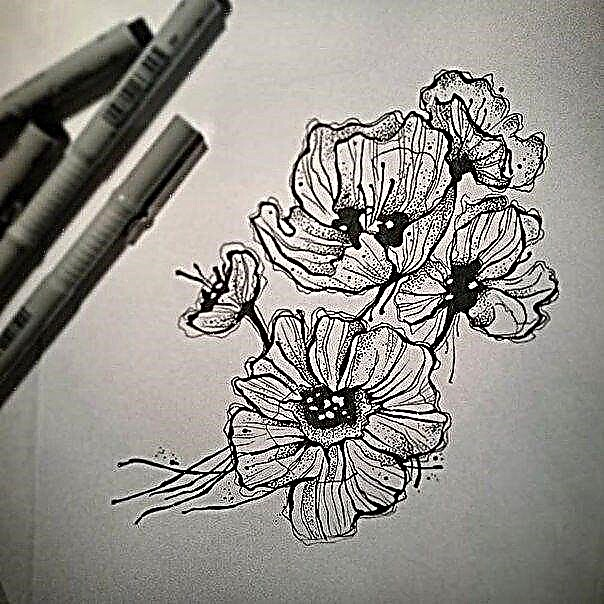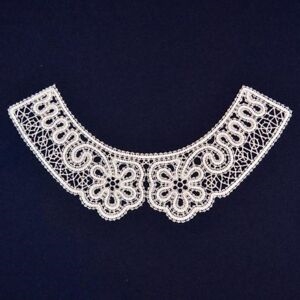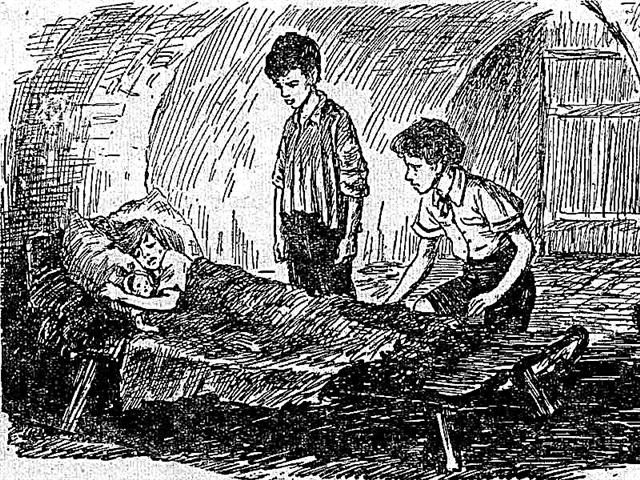Having revealed the secret of the tragic death of Madame D’Espane and her daughter ("Murders on Morgue Street"), Auguste Dupin again plunges into his melancholy thoughts. However, the role of Dupin in the drama on Morgue Street earned him the glory of a visionary among the Paris police, and the prefecture repeatedly tried to resort to his services again. The police are making another attempt in connection with the murder of a young girl, Marie Roger.
Beauty Marie worked in a perfume shop. Once she was gone for a week. This happened about three years ago, and then her mother, Madame Roger, was beside herself with anxiety. But Marie returned - a little, however, sad, explaining her absence by the fact that she was visiting a relative in the village.
On the day of the repeated disappearance, Marie went to her aunt, having agreed with her fiancé Saint Estache that he would call for her in the evening. When it turned out that Marie did not come to her aunt at all, they began to look for the girl and only on the fourth day they found in the Seine. There were traces of beatings on the unfortunate body, and a medical examination showed that Marie had been subjected to gross violence. A piece of cambric pulled around the neck, torn from the victim’s lower skirt, was tied with a sea knot.
Newspapers spread conflicting rumors around the city: one wrote that they had not found Marie at all, the other that a whole gang was involved in the murder. Meanwhile, new evidence and evidence are emerging. The innkeeper, Madame Deluc, testified that on a fateful day, a girl who resembled Marie in descriptions entered her inn; she was accompanied by a swarthy young man. The couple spent some time in the tavern, and then headed toward the forest. Late in the evening, the innkeeper heard female screams. Subsequently, she identified the dress that was on the corpse. A few days later, the children of Madame Deluc discovered a petticoat, scarf and handkerchief in the woods marked “Marie Roger”.
The narrator, who gathered at the request of Dupin all the materials related to this case, finally heard a version of his discerning friend. Dupin considered his mediocrity a stumbling block in this matter. The police did not pay much attention. No one, for example, bothered to inquire about the dark-skinned sailor who went to the inn with the girl, or to look for a connection between the first and second disappearances of Marie. But the first flight could end in a quarrel with the alleged lover - and the deceived girl returned home. Then the second flight is evidence that the deceiver resumed his courtship. However, why such a big break? But the time elapsed between the first and second disappearances of the girl is the usual term for the long voyage of warships.
The alleged location of Marie’s murder is a forest near the river, and the found things of the victim seem to be talking about this. However, even the police admit that they are too scattered for show, and the fact that things lay unnoticed for several days in such a crowded place suggests that they were thrown later.
They did not pay attention to the boat, which was discovered sailing down the Seine the day after the assassination, when the body had not yet been found. And the fact that someone secretly took her, without a rudder, from the head of the wharf another day later. The fact that the stone was not attached to the body, which is why it surfaced, is explained precisely by the fact that it was thrown from the boat, without having at hand anything heavy. This was an oversight of the killer. It is difficult to judge what happened between the criminal and the victim, however, it is clear that Marie was not an easy prey and the man had to resort to violence in order to complete his vile design. The narrator is silent about how the police used the evidence gathered by Dupin, saying in conclusion only that all the conclusions of his friend were confirmed and the killer was soon found.

